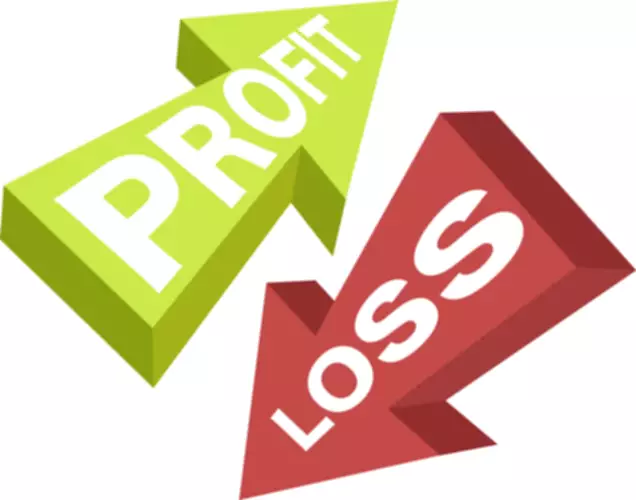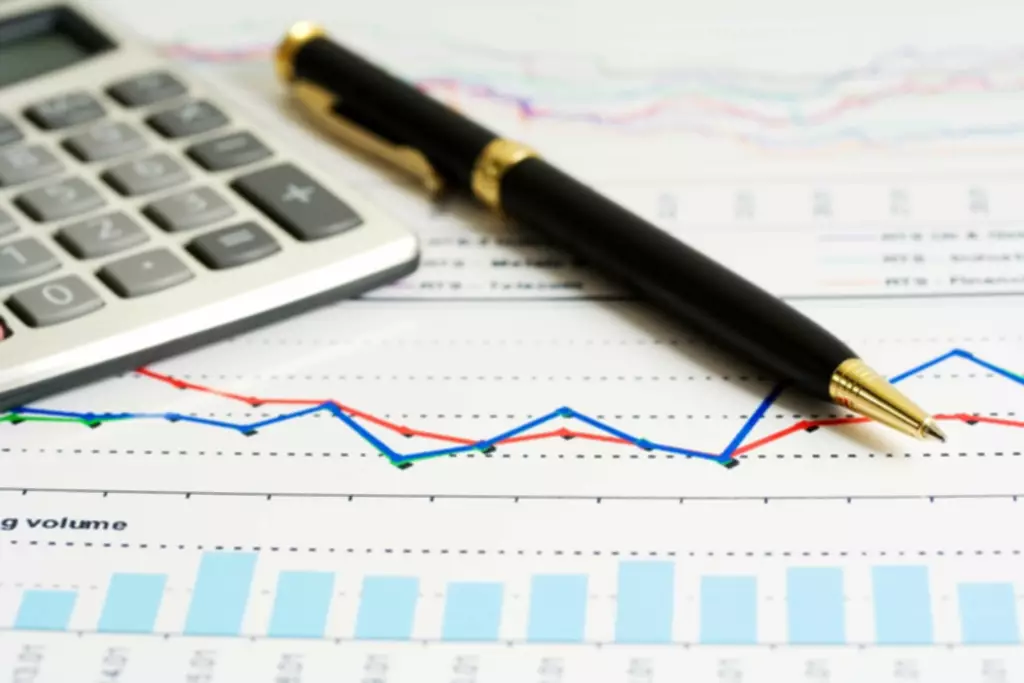Buying Vs Leasing Business Equipment: Factors to consider
Content
They also consult budgets, business plans and the working capital supply. Finally they decide whether to seek asset access, only, or to pursue asset ownership. Analyzing whether to purchase or lease equipment does not always end with a clear decision.
The term “substantially” gives businesses the freedom to define what is substantial. For example, let’s say that the above capital lease has an implicit interest rate of 4.96%, with annual lease payments of $15,000. As such, unlike a typical operating lease, the lessee has to record the asset in its balance sheet. With traditionalequipment financing, or purchasing the equipment outright, you run the risk of getting stuck with equipment that you only need in the short term. However, with most types of equipment lease financing, you’ll have flexibility to get rid of equipment that becomes unnecessary by the end of your lease term. This flexible payment option makes equipment leases an attractive funding option for many business owners, especially those that can’t afford to pay for equipment upfront.
We comment on two IFRS Interpretations Committee tentative agenda decisions
Rely on the premier business encyclopedia to sharpen your grasp of essential business concepts, terms, and skills. Find the premier business analysis Ebooks, templates, and apps at the Master Analyst Shop. Free AccessProject Progress ProFinish time-critical projects on time with the power of statistical process control tracking.
Although leasing can help with cash flow at the beginning of the lease, it is almost always more expensive overall by the end of the lease compared to purchasing IT equipment outright. In addition, you are obligated to keep paying on the lease until it ends, even if you stop using the equipment due to business changes. Unfortunately, this is not the case for many core facilities. Research institutions generally have limited equipment budgets that are thinly spread across many cores. This can result in lengthy equipment refresh rates owing to competition between cores for internal funds. Other facilities rely solely on governmental or philanthropic grants to fund equipment purchases, and these funds are sought out only when the need arises. Relying on grant funding can stretch the procurement of a novel technology or replacement of an instrument to many months or years if grant submissions are required.
Tax savings
In exchange, the lessor receives compensation, usually in the form of lease payments. The choice between buying vs leasing depends upon the needs of the business and the asset it plans to acquire. Both buying vs leasing have their pros and cons which need to be taken into consideration while making a choice. Buying results in a change of ownership while in case of leasing ownership remain same, however, at the end of the lease lessee can get ownership transferred from lessor on payment of a nominal amount.
- Your business could be falling behind your competitors if you are using slower and less agile machines because you bought them instead of leasing them.
- Taking out a lease, however, involves at least some paperwork, as leasing companies often ask for detailed, updated financial information.
- He currently researches and teaches economic sociology and the social studies of finance at the Hebrew University in Jerusalem.
- Similar to a capital lease, this transaction is reported as assuming a liability and purchase of an asset.
The lessor uses the same criteria for determining whether the lease is a capital or operating lease and accounts for it accordingly. If it is a capital lease, the lessor records the present value of future cash flows as revenue and recognizes expenses. The lease receivable is also shown as an asset on the balance sheet, and the interest revenue is recognized over the term of the lease, as paid. A capital lease is a lease of business equipment that represents ownership, for both accounting and tax purposes.
Business Equipment: Buying vs. Leasing
A lease can be defined as an arrangement between the lessor and the lessee . Whereby the lessor purchases an asset for the lessee and allows him to use it in exchange for periodical payments. These payments are called lease rentals or minimum lease payments .
- Lessees may often have to reimburse vendors for such expenses; however, understanding the structure of a lease agreement from that perspective may assist in the lease vs. buy decision.
- Don’t have the cash or desire to purchase equipment outright?
- Now that you know the difference between a capital lease and an operating lease and how to record each in your accounting, you are probably wondering which lease option is best for you.
- A lease can be defined as an arrangement between the lessor and the lessee .
- Like a lease from a car dealership, with an operating lease, costs for repairs and maintenance are often covered by the lessor, which can be very useful for equipment that requires significant upkeep.
- Another benefit of operating leases is that accounting for them is generally easier than the accounting for a capital lease.
In many cases, the IRS lets you deduct your equipment lease payments if you’re using the equipment for your company. Because they are considered assets, capital leases may be eligible fordepreciation. If you want to lease but want the benefit of depreciating the asset, check with your tax professional before you agree to a capital lease, to be sure it meets the criteria to be depreciable. Some capital leases may not be eligible for accelerated depreciation . Capital leases are considered the same as a purchase for tax and accounting purposes. Operating leases cover the use of the vehicle, equipment, or other assets, making payments during the lease term.
How long will you use the equipment?
Also, in cases where the usability of the asset spans for a longer tenure, owning the asset makes more commercial sense than leasing as the equipment would not need to be upgraded every few years. Let’s discuss the top factors you need to consider when buying or leasing office equipment for your business. Why Would You Choose To Lease A Capital Item Versus Buying? If none of these criteria are met and the lease agreement is only for a limited-time use of the asset, then it is an operating lease. A capital lease is a contract entitling a renter to the temporary use of an asset and has the economic characteristics of asset ownership for accounting purposes.
What is the normal term for a commercial lease?
How long is a typical commercial lease? Commercial leases are typically three to five years. That guarantees enough rental income for the landlords to recoup their investment.
Instead of selling the equipment for the equity you’ve earned on it , you’ll end up paying more to get rid of the unit. If your business is just starting out, you might want to go with more affordable, light-duty equipment before you know how many customers you’ll have each day. At the end of your lease term you always have the opportunity to return the equipment. Remember to check your lease contract carefully for your end-of-lease options. You might be able to afford a monthly payment, but not a large lump sum. You also don’t necessarily need to have good credit to lease equipment, which can be a benefit to many business owners. Equipment leases often require you to maintain equipment according to the leasing company’s specifications, and that can get expensive.
What Is Capital Lease?
Your lease might be for a small percentage of the fair market value of the item leased. For example, you might be leasing an office building valued at $3 million for 60 months at $5,000/month. Although the value of your lease is $300,000—not an insignificant amount of money—it is only 10% of the fair market value of the building. For tax purposes, operating lease payments can be written off as expenses during the term of the lease. Most businesses rely on some form of equipment to run their daily operations. These corporate assets are crucial for the smooth functioning of the company.
What are the 4 criteria for a capital lease?
- #1 – Ownership. Example.
- #2 – Bargain Purchase Option (BPO)
- Example.
- #3 – Lease Term. Example.
- #4 – Present Value.
Leasing is an opportunity to grow your business in a sustainable way. Instead of purchasing large ticket items outright, these two finance leases provide an alternative that may work better for cash flow. Purchasing new restaurant equipment can be expensive, especially if you’re opening a brand new restaurant.
(Modified) Purchase Option
As with all other qualifying operating expenses, they reduce your taxable income. Only the interest payments and depreciation expenses can be tax-deductible. Operating leases are a little easier in terms of accrual accounting. Because you’re just renting the asset and it’s not the property of the business, there’s less to keep track of. You can record it under the appropriate expense category on your income statement. You don’t own the asset nor have a rent-to-own agreement like you could with a capital lease.
- Specialized in clinical effectiveness, learning, research and safety.
- If the term is shorter than 75 percent of its total useful life, it’s an operating lease.
- On the other side, the loan amount, which is the net present value of all future payments, is included under liabilities.
- And, the article Business Benefits defines the concept in practical terms that enable analysts to bring both financial and nonfinancial benefits into the business case.
- Capital leases are used for long-term leases and for items that don’t become technologically obsolete, such as buildings and many kinds of machinery.
Business loans are offered by Fora Financial Business Loans LLC or, in California, by Fora Financial West LLC, a licensed California Finance Lender, License No. 603J080. Revenue Based Financing is offered by Fora Financial Advance LLC. Business capital is also made available through US Business Funding, a sister company of Fora Financial. For example, let’s say you need a certain type of medical equipment for your doctor’s office, but you expect that a better model will be available in two years. Of course, using an old model will put your business at risk of obsolescence, so you want to upgrade once there’s a newer model available.
Before choosing a dealer, get price quotes from at least three companies, and ask all the dealers on your list these questions. Asking the right questions is half the battle for getting a fair deal for your company’s services and goods. A leasing company is often the subsidiary leasing arm of a manufacturer or dealer.
Leasing scientific infrastructure
When you buy the equipment outright, you determine the maintenance schedule yourself. Given the financial edge this provides, the APR for a finance lease is higher, often double that of an operating lease. Standard interest rates currently hover around 6% to 9%, while average contracts range from 24 to 72 months. Some of the best business loans can cater to your small business’s equipment needs.
The firm gets to claim depreciation each year on the asset and also deducts the interest expense component of the lease payment each year. In general, capital leases recognize expenses sooner than equivalent operating leases. Converting operating lease expenses into a debt equivalent is straightforward. As an approximation, using the firm’s current pre-tax cost of debt as the discount rate yields a good estimate of the value of operating leases.
Capital Lease vs. Operating Lease
The initial investment used to purchase office equipment may be too much for an SMB with a limited budget. A financing agreement is established when the transaction is made through https://quickbooks-payroll.org/ a debt agreement that is collateralized by the purchased asset. Similar to a capital lease, this transaction is reported as assuming a liability and purchase of an asset.
Borrowing money may also tie up lines of credit, and lenders may place restrictions on your future financial operations to ensure that you are able to repay your loan. Beyond simply removing the need to renegotiate at the end of the initial lease term, one can view the purchase of fixed assets as a long-term investment, depending on the asset. With a lease program, instead of buying your equipment and owning it, monthly payments are due to your leasing company in order to use equipment. The total cost will generally be less than what you would’ve paid to own the equipment.
The term of the lease is 75% or more of the useful life of the asset. Find out which option is right for your business with this in-depth look into the pros and cons of each. Mona Bushnell is a Philadelphia-based staff writer for business.com and Business News Daily.




